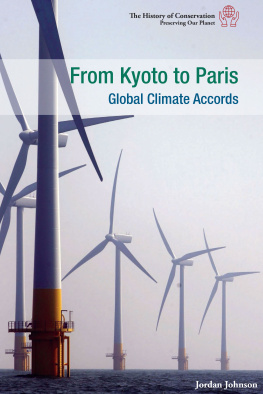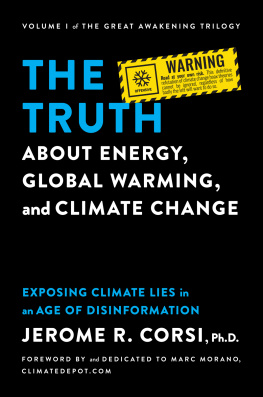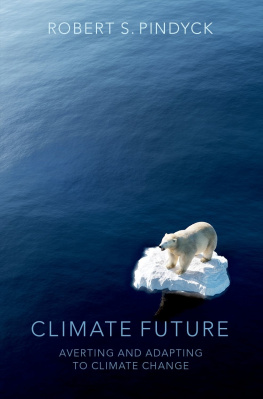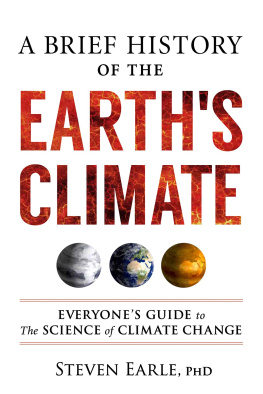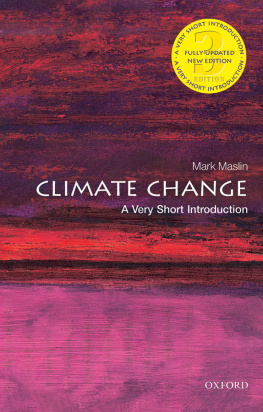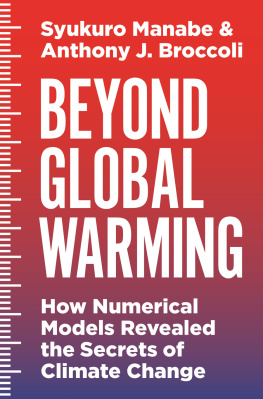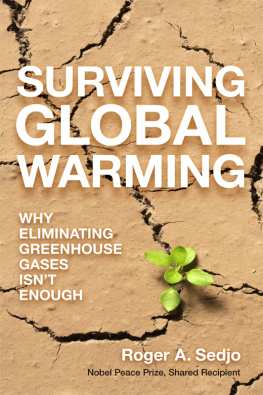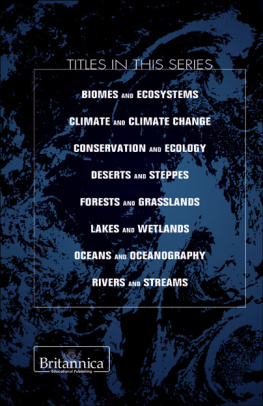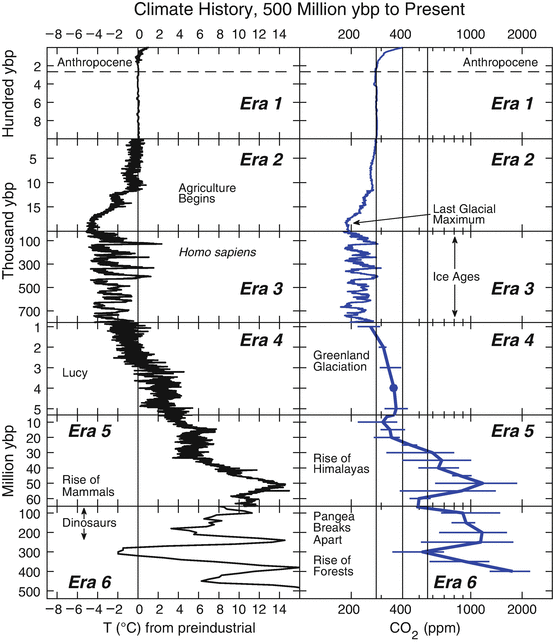1. Earths Climate System
Abstract
This chapter provides an overview of the factors that influence Earths climate. The relation between reconstructions of global mean surface temperature and estimates of atmospheric carbon dioxide (CO2) over the past 500 million years is first described. Vast variations in climate on geologic time scales, driven by natural fluctuations of CO2, are readily apparent. We then shift attention to the time period 1765 to present, known as the Anthropocene, during which human activity has strongly influenced atmospheric CO2, other greenhouse gases (GHGs), and Earths climate. Two mathematical concepts essential for quantitative understanding of climate change, radiative forcing and global warming potential, are described. Next, fingerprints of the impact of human activity on rising temperature and the abundance of various GHGs over the course of the Anthropocene are presented. We conclude by showing Earth is in the midst of a remarkable transformation. In the past, radiative forcing of climate represented a balance between warming due to rising GHGs and cooling due to the presence of suspended particles (aerosols) in the troposphere. There presently exists considerable uncertainty in the actual magnitude of radiative forcing of climate due to tropospheric aerosols, which has important consequences for our understanding of the climate system. In the future, climate will be driven mainly by GHG warming because aerosol precursors are being effectively removed from pollution sources, due to air quality legislation enacted in response to public health concerns.
1.1 Earths Climate History
Reconstructions of Earths climate provide a remarkable record of environmental change over vast periods of time. The co-evolution of climate and life on Earth is well established (Schneider ). Earths paleoclimate record is examined here, in some detail, because knowledge of the past is key to understanding the future.
The earliest evidence for life on Earth dates to about 3.5 billion years before present (Bybp) (Brasier et al. ).
Early in Earths history the favored atmospheric fate for carbon-bearing compounds was methane (CH4), because the atmosphere was in a state chemists call reducing. Stellar astronomy indicates that at the time early life formed, the luminosity of our Sun was about 30 % less than today, which should have caused ancient oceans to freeze. As explored in detail throughout this book, CH4 is a more potent greenhouse gas (GHG) than CO2. Extremely high levels of atmospheric CH4 and ammonia (NH3), another reduced compound that is also a strong GHG, were likely responsible for preventing Earths ancient oceans from freezing (Sagan and Mullen ).
Prokaryotes were the first to develop photosynthesis, the ability to convert sunlight, carbon dioxide (CO2), and water (H2O) into glucose C6H12O6. Eventually, prokaryotic photosynthesis caused atmospheric O2 to rise from about one part per million of all air molecules to 21 %. Margulis and Sagan () call the initial build-up of atmospheric O2 the greatest environmental crisis Earth has ever endured. At the time, O2 was toxic to most life on Earth. As a result, a mass extinction called the Great Oxygenation Event occurred about 2.5 Bybp. One can only imagine the emergency meetings of bacterial communities, seeking to ban their photosynthetic cousins in an effort to halt the build-up of atmospheric O2.
The rise of atmospheric O2 had enormous consequences. For the first time in Earths history, CO2 was the favored state for atmospheric carbon gases. Conversion of atmospheric CH4 to CO2 likely led to Earths first glaciation event about 2.4 Bybp (Frei et al. ). The build-up of O2 also led to formation of Earths protective ozone (O3) layer, which was necessary for life to emerge from sea to land. Finally, the global, atmospheric chemical shock induced by the Great Oxygenation Event facilitated the evolution of eukaryotes: nucleated cells that metabolize O2. You are made of eukaryotic cells!
Plant life first appeared on land about 500 million years before present (Mybp) (Kenrick and Crane ). Even though, as alluded to above, much is known about climate and the state of Earths atmosphere prior to this time, reconstructions of global variations in Earths climate and atmospheric CO2 are only available for the most recent 500 million years.
Figure spans a different length of time; the interval over which Dinosaurs lived (about 23065 Mybp) is about 2.5 times longer than the time between the Rise of Mammals and present.
Fig. 1.1
Earths climate history, past 500 million years. Historical evolution of global mean surface temperature anomaly (T) relative to a pre-industrial baseline (i.e., mean value of global temperate over 18501900) ( left ) and the atmospheric mixing ratio of CO2 ( right ). Major events in the evolution of life on Earth as well as either changes in climate of the global carbon cycle are denoted. The vertical line on the T panel at zero marks the pre-industrial baseline; the vertical lines on the CO2 panel denote mixing ratios of 280 ppm (pre-industrial), 400 ppm (current level) and 560 ppm (twice pre-industrial level). These time series are based on hundreds of studies; see Methods for further information
Figure shows, clearly and beyond debate, the strong association of Earths climate and atmospheric CO2. Looking backwards in time, as CO2 rises, Earth warms.
On geological time scales, atmospheric CO2 is controlled by the carbonate-silicate cycle (Berner et al. ). Atmospheric supply of CO2 occurs during volcanic eruptions and hydrothermal venting. Atmospheric removal of CO2 is more complicated. The weathering of minerals converts atmospheric CO2 into a water soluble form of carbon; ocean organisms incorporate soluble carbon into their shells and, when these animals perish, their shells sink to the ocean floor. Plate tectonics buries the sinking sediment, after which the carbon either remains in Earths mantle or, on occasion, is spewed back to the atmosphere-ocean system, via either volcanoes or deep sea vents.
The first dramatic perturbation to the carbonate-silicate cycle was induced by the rise of forests. About 500 Mybp, atmospheric CO2 may have been as high as 5000 parts per million by volume (ppm), more than a factor of 10 larger than today (Fig. was buried and converted to modern day coal and natural gas deposits, due to the intense heat and pressure within Earths mantle. This carbon is now being released back to the atmosphereocean system, perhaps to generate the electricity used to help you read this book.
The next event that transformed the global carbon cycle was the rise of the Himalayas (Raymo and Ruddiman .
About 3 Mybp, two remarkable events occurred. Our predecessor Lucy ( Australopithecus afarensis ) roamed modern day Ethiopia (Johanson and White ).

